In case you're not familiar with its plot elements, the two con men, Newman and Redford, devise a means to rig a poker game. After a series of hands, they entice Shaw to basically go "all in," as they say in the parlance, stealing a huge pot from him. I won't ruin the movie for you by revealing all the twists and turns, as it is well worth viewing this old classic if you've yet to have the pleasure. It was one of the movies, along with Butch Cassidy and the Sundance Kid, that helped bolster the young Robert Redford's incredible screen popularity at the time.
I'm opening with these movie memories to familiarize the unitiated to an idea. We're all attempting to win at a losing game. The game seems to be hosted by the players with the biggest bankrolls, who swiftly proceed to fleece the naive. When hands are dealt by the same players who hold all the cards, how can they lose? It doesn't take long to be driven out of the betting parlor when your stack of chips dwindles in size to the point where you can no longer be competitive.
When you attempt to play the silver futures market, the profits can be immense, but they're unlikely to be yours. As Ted Butler has long demonstrated, the COMEX appears to be rigged so that the fix favors bullion bank JPMorgan et al. Time after time silver, amount favorable public sentiment, gathers momentum and begins to run strongly in a seemingly unstoppable forward charge. Then the unthinkable happens and the advance is thwarted, often in dramatic fashion. Witness the carnage of the 30% waterfall plunge induced by four sequential CME margin hikes, after silver touched a nominal high in May, 2011.
So, if investing in silver futures appears to be a losing proposition, is there a bet you can place that has a higher likelihood of success? I think I've devised just such a wager. So far, implementing this strategy has resulted in three separate occasions duing which I've been able to scrape some of the winner's pot in my own direction. If the player's are going to cheat, you might as well look over their shoulder to glimpse their cards, helping you determine when to raise the stakes of your own bets.
How is it that I'm convinced that the silver, and gold, markets are fixed? I've long felt that there was market manipulation occuring in silver pricing, but lacked the definitive proof to corroborate that suspicion. It's not always easy to identify patterns utilizing only the three day spot pricing charts provided by Kitco. But thanks to an article published by Dimitri Speck, the link of which follows:
http://www.safehaven.com/article/23240/price-irregularities-in-the-silver-market I can elucidate the points I am about to present.
Study the following chart, which shows on a minute-to-minute basis, over an eleven-year period, the trading patterns that result in pricing changes of spot silver.

As you can see, there is a pattern that occurs on a repetitive basis. This observation is not to imply with certainty of accuracy that these movements will occur daily with the exact same magnitude, but that enough similarities have occurred repeatedly, in a consistent manner within these small windows of time, that it allows for a predictive capability. And that prediction is this; if the silver market is showing a strong rise from the open, at 10:00 am the New York trading desks will implement strategies that result in capping the price rise and suffocating the rally, frequently driving spot down dramatically.
This same pattern repeats, to a smaller degree, two hours later, which I won't delve into as Speck covers the phenomena in depth in his article. So how do we benefit from this advance knowledge? If one could wager with fair certainty that an event were about to occur, knowing that outcome in advance could prove profitable if one understood various means of implementing trades to capitalize on such movements. I'm certain that more advanced techniques exist, but here is a simple one which I've devised.
I have yet to develope the expertise to play options, so what I've done instead is to utilize leveraged ETF's. I use ProShares AGQ, which is structured to emulate double the performance of silver, and USLV, which is Velocity Shares entry into the field with triple exposure to silver pricing movements. There also exist double and triple inverse ETF's, but I get enough of an adrenalin rush by watching the horses race around the track, without feeling the need to jockey my own mount and reverse field at times, risking getting trampled in the process. I won't bet against silver by using inverse leverage.
What I will do is this. I call my strategy Triple Dip, Double Run, and no, that's not a flavor at Baskin Robbins. I am convicted that the long term trend of silver is upwards, given time that no one, if honest, can accurately predict the duration of, to levels many multiples of its present value. And so, I am confident that any drop in the price of silver will be temporary in nature, and presents an opportunity to further my gains. Were these not plays designed for paper profits within a self-directed 401k, in a physical sense they would be considered "buying the dip."
So what I do is this. At any given time, I am substantially invested in AGQ, poised to outperform silver on a two to one basis as the price climbs (runs). If, at one of the times that the charts illuminate as subject to manipulation, the price is forced down in dramatic fashion, then I liquidate shares of AGQ to purchase USLV. I do this as rapidly as possible, not hoping to further my gains by trying to outguess the direction of furthur pricing movements after my sale. If a significant movement has already occurred, that's sufficient for me.
So how does this work? If AGQ is trading at a certain value and the price plunges, then it's value drops as well, twice the distance of silver's loss. But USLV will drop three times the loss. So by acquiring USLV on troughs, I hope to regain the lost ground in faster fashion then merely remaining parked in AGQ the entire time. Yes, this strategy risks further downside losses if the market continues to bleed, that is why you use a tranche system of trading, only commiting a fraction of your capital at each trade.
When the market bottoms and starts once more to ascend, you can calculate how much USLV will need to regain in value in order to sell those shares and to repurchase your starting position of AGQ. But there would be no gain if you merely replaced the shares. What you do is wait until there is a strong upward movement, which can occur on short-covering days, and then sell your USLV to repurchase AGQ.
I have now done this three times, and each time has resulted in the acquisition of ten to twenty-five more shares of AGQ then the number with which I began. Since such movements, the drops and recoveries producing opportunities affording profitability, can occur within a period as short as three days or less, one can understand that simply repeating this process will lead to gradual accrual of many more shares of AGQ then one would have held through a long term buy and hold philosophy.
One could, if confident enough of silver's ultimate rise, just buy USLV and hold it for the long term, hoping to capitalize on the triple leverage in an upward-trending market. But for all that I feel assured of silver's destination, I know that the road will be long and uneven, filled with potholes. For that reason, I myself do not utilize USLV on a permanent basis to bet on optimism, I use it instead to bet against pessimism. Selling your USLV and repurchasing AGQ allows you the option of repeating the process, each time garnishing greater share count.
There is a danger to these tactics, and that is that silver will drop, and continue dropping, long enough that your triple exposure with inverse leverage could severely cripple the value of your accounts. As yet, this has not happened to me, although November 2011 was a rough ride requiring indomitable stoicism. I am offering this idea for consideration only, should you adopt it the risk is yours alone. It can be extremely harrowing betting on an ETF that will triple your losses in a down market. It is not for the faint of heart.
But I am confident that silver, if suppressed in price, can not remain so for long. The markets we are enduring are managed by the bullion banks to their advantage, but Eric Sprott for one feels there is just too much physical demand for silver for the banksters to do so in perpetuity. In time, physical depletion of silver will cause the pricing of silver to revert to basic supply and demand fundamentals, rather than the artificial prices resulting from the criminal banking cartel's artifice.
Playing at the table with the Big Boys can be fun if you've marked the cards. If JPMorgan and HSBC are going to cheat and continue to suppress pricing, with the apparent blessing of regulatory agencies such as the CFTC, then you might as well attempt to profit from their oft-times predictable raids. It could be years before they are booted as the dealers, so you might as well benefit from foreknowledge of their rules to play the silver game, but to your advantage.
The whole venture is akin to a rollercoaster ride, one that can thrill with its breath-taking course. Successfully employing Triple Dip, Double Run enables you to feel safely buckled in, secure that any market offers opportunities for profit. You'll enjoy the ride a lot more, knowing that the next plunge could well bring an "Oh Boy" grin to your face, rather than a "not again" grimace.
Buy Silver. Buy Gold. Save Copper. Start Now.



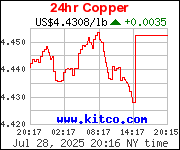


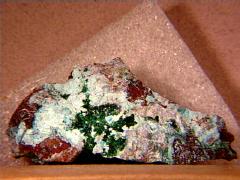


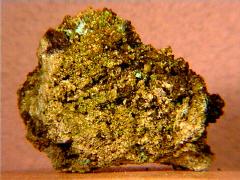




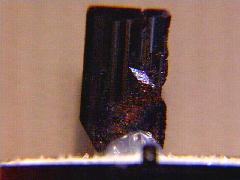
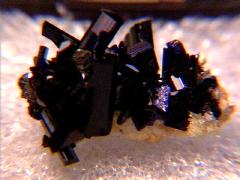










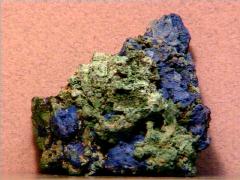






























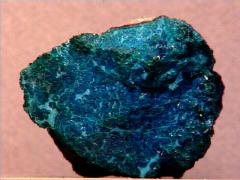













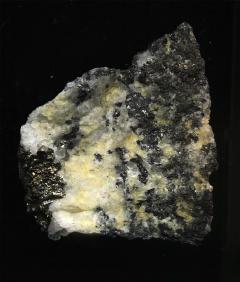















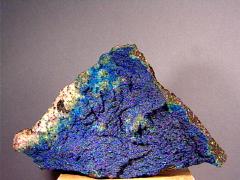




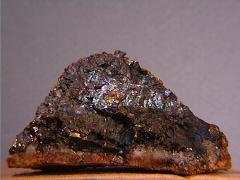



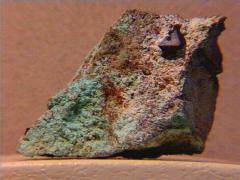













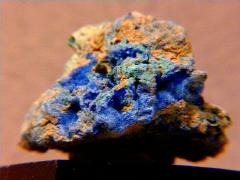



















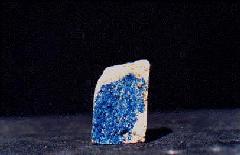










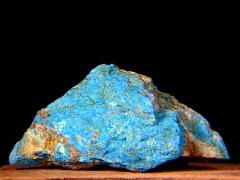

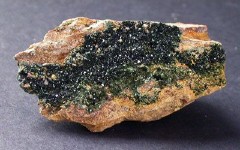







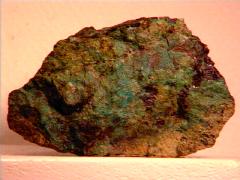






No comments:
Post a Comment